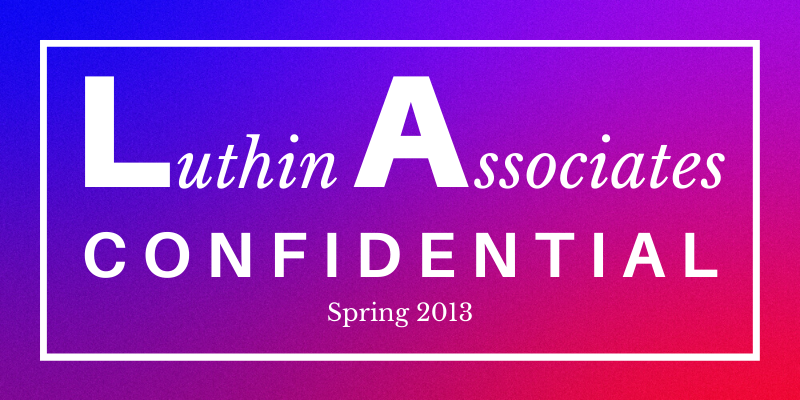
When it comes to energy-related information, utility bills barely scratch the surface. Using them to understand where your budget is going is a bit like trying to read the scoreboard for a sport you don’t understand. But learning how to manage such information can soon have you “batting 1.000”.
To get a grip on what’s happening, smart facility managers may use several types of tools, depending on the data source:
To make sense of monthly data seen on utility bills, energy accounting programs (or services) can be key to discerning trends, finding errors, optimizing tariff rates (where choices exist), and purchasing energy.
To better understand how energy is being used, information from temporary data loggers and permanent monitoring points may be digested by energy analysis programs (or services). They show us details on specific systems, loads, and/or zones. Some energy management and building automation systems (EMS/BAS) collect such data and have built-in trending software.
When considering how a facility’s energy costs are to be managed, it pays to start by looking at the endpoint(s) one wishes to monitor. Is the goal merely tracking pricing and costs – or is there a desire to also control usage and demand?
Some software can do both, but trying to “hit all balls with the same bat” may not be the best way to go. Software that does everything may also be very expensive. One vendor quoted over $200,000 for its product. Fortunately, free (or low-cost) tools exist. Many are available as downloads or are web-based.
To track energy data from utility bills, several online options are available:
– Noesis.com is free, but a bit limited in scope
– EnergyCAPExpress.com, EnergyWatchdog.com, and FacilityDude.com include many more features and are “cloud” based services.
All involve manual data entry, though some have features that accept one or more utility EDI (electronic data interchange) formats to automatically enter billing data.
In-house versions of EnergyCAP and Metrix are available on CD or flash drive but may cost several thousand dollars, depending on which features are included. Utility billing consultants use such software and are happy to quote on annual service contracts that not only handle data collection and input but also identify problems and options with a professional’s eye.
When it comes to energy data analysis, a cornucopia of software (some free, some not) may be found at the US Department of Energy’s Building Energy Software Tools Directory at: http://apps1.eere.energy.gov/buildings/tools_directory/alpha_list.cfm
Tools for all types of analysis are listed and briefly described, including building simulation programs, such as eQuest. When looking for ways to digest energy data, this site is a good place to start.
One free add-in to Excel that is not presently listed at that site is ECAM 2.0 (Energy Charting and Metrics), downloadable at http://www.cacx.org/PIER/ecam/. ECAM handles interval-style data (e.g., hourly, 15-minute) taken from smart utility meters, data loggers, and EMS/BMS. Developed by NorthWrite, a source of many types of non-free energy software, ECAM includes many features found in non-free add-in programs, such as Energy Lens.
The point of such tools is to cut costs by finding saving opportunities: a cheaper rate, a billing error, tuning equipment, or showing the value of an upgrade (e.g., more efficient lighting). Too often, a customer runs up “strikes out” by missing options merely because there was no easy way to identify or value them. But finding an opportunity is like “getting a hit,” and implementing one is always a “score” when it results in both dollar and energy savings.




